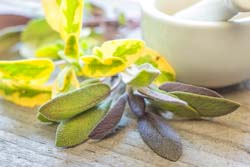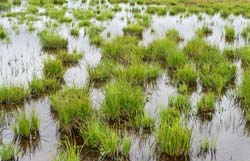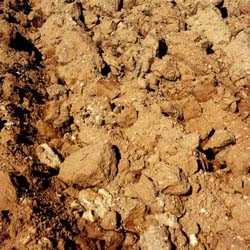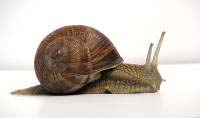
Ask Mr. Sage is our new question-and-answer feature. It is based on topics raised in calls and emails we receive at Flowers by the Sea. Questions cover a broad range of topics concerning sages (Salvia spp.), companion plants and general gardening topics. When you have a particularly helpful question and we have an answer, then Mr. Sage speaks!
Posted: Saturday, June 14, 2014
Synopsis:
Ask Mr. Sage answers questions based on calls and emails that Flowers by the Sea receives. This post concerns Salvias that are edible and tasty. Although we are unaware of any Salvia species (true sages) that contain poisonous parts, we are cautious about which ones to recommend for culinary use. A link to our culinary species is included along with links to our blog posts about cooking with sages.
Read the Article
Posted: Saturday, June 7, 2014
Synopsis: Ask Mr. Sage answers questions based on calls and emails that Flowers by the Sea receives. This one explains the many factors that can cause the color of a plant's flowers to vary from one location to another. The blossom color of Flowers by the Sea plants in your garden may not always exactly match the colors in our photographs.
Read the Article
Posted: Sunday, June 1, 2014
Synopsis:
Ask Mr. Sage answers questions based on calls and emails that Flowers by the Sea receives. This one explains how to cruise the Flowers by the Sea online catalog to find butterfly and hummingbird Salvias that can handle lots of moisture.
Read the Article
Posted: Wednesday, April 2, 2014
Synopsis:
Ask Mr. Sage answers questions based on calls and emails that Flowers by the Sea receives, such as concerns about what Salvias will grow in clay soils. This article talks about specific plants for dry and wet clay conditions, how to improve soil drainage and planting on slopes in wet areas.
Read the Article
Posted: Sunday, March 30, 2014
Synopsis:
Ask Mr. Sage is a Q&A feature from Flowers by the Sea. This one talks about how to ward off snails and slugs safely through simple organic methods, including barriers and handpicking, as well as through careful use of iron-phosphate pesticides. It also talks about how to nurse damaged Salvias back to health.
Read the Article
Posted: Tuesday, October 22, 2013
Synopsis:
Ask Mr. Sage is our blog's new question-and-answer feature, based on calls and emails received at Flowers by the Sea. This question concerns dark spotting on foliage that may be caused by fertilizer burn.
Read the Article
Posted: Wednesday, August 14, 2013
Synopsis: Ask Mr. Sage is our blog's new question-and-answer feature, based on calls and emails received at Flowers by the Sea. This question concerns how to safely rid Salvias of Whiteflies and their eggs.
Read the Article







